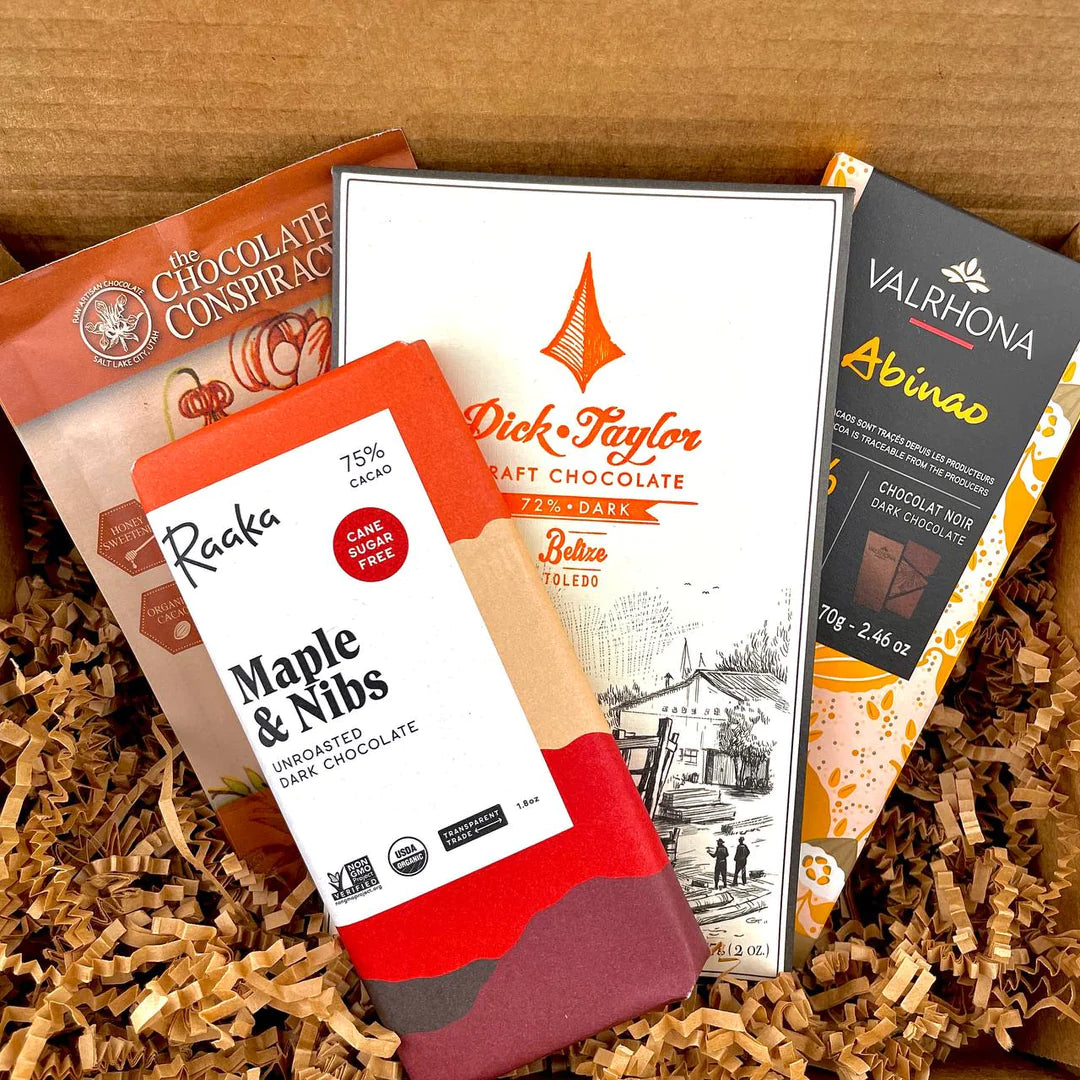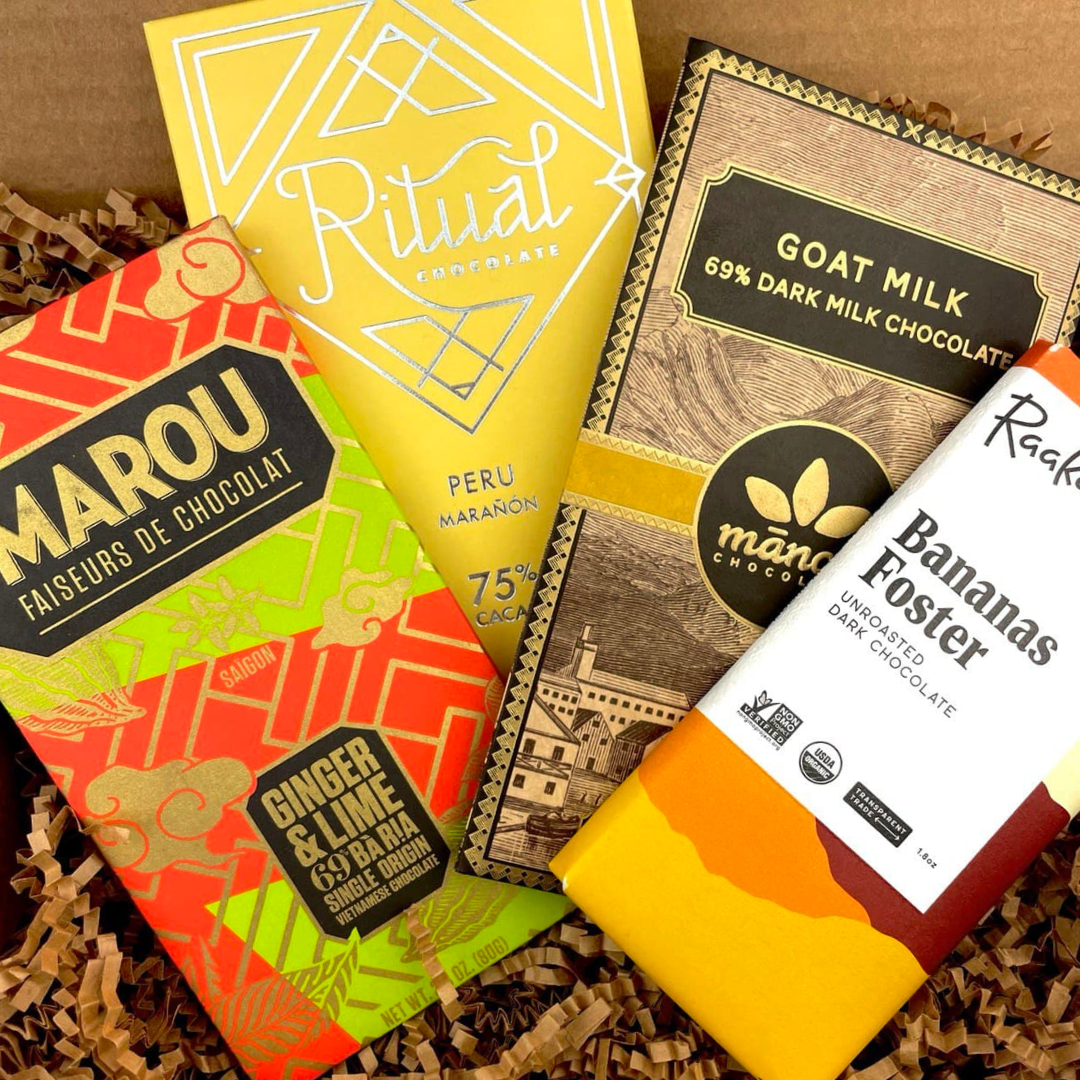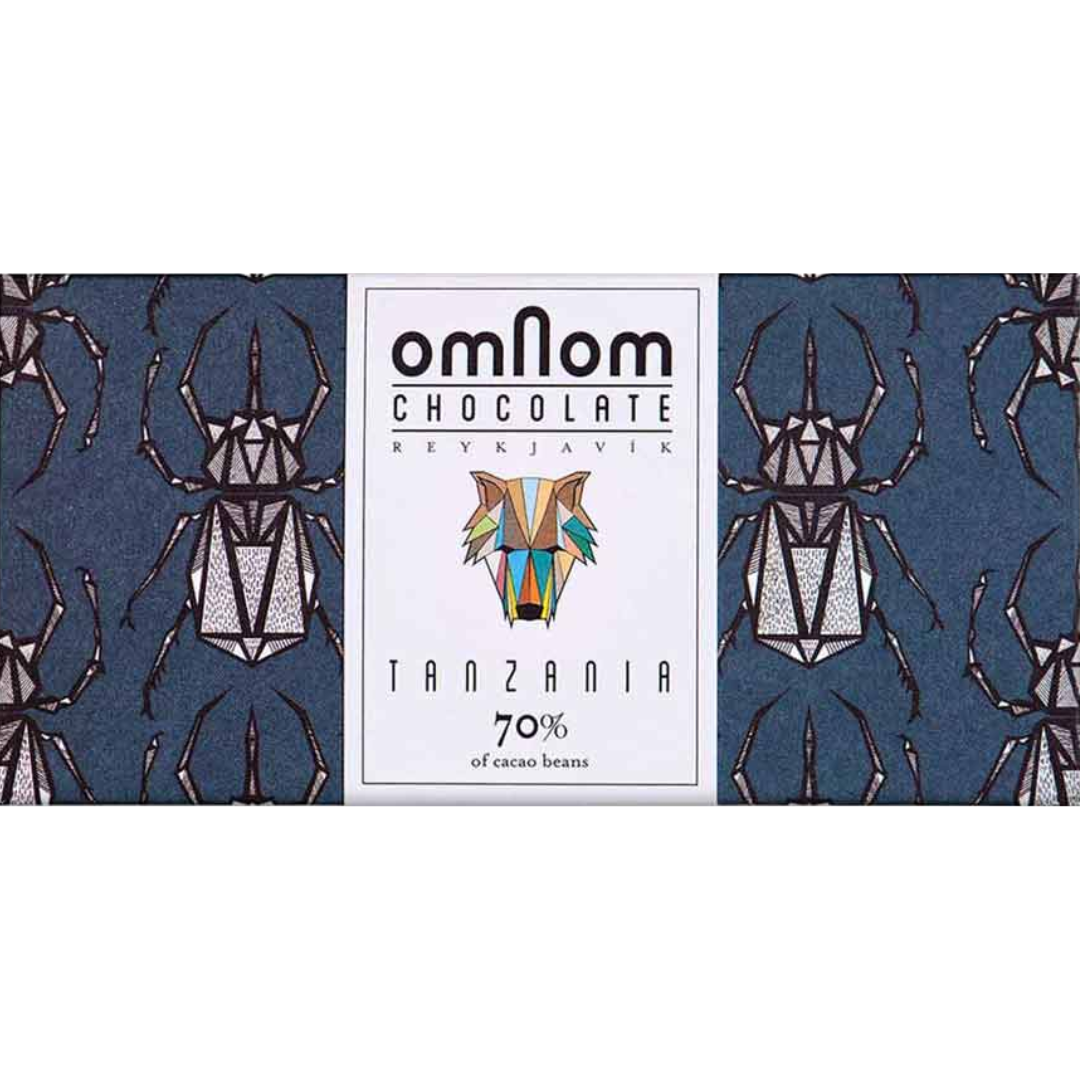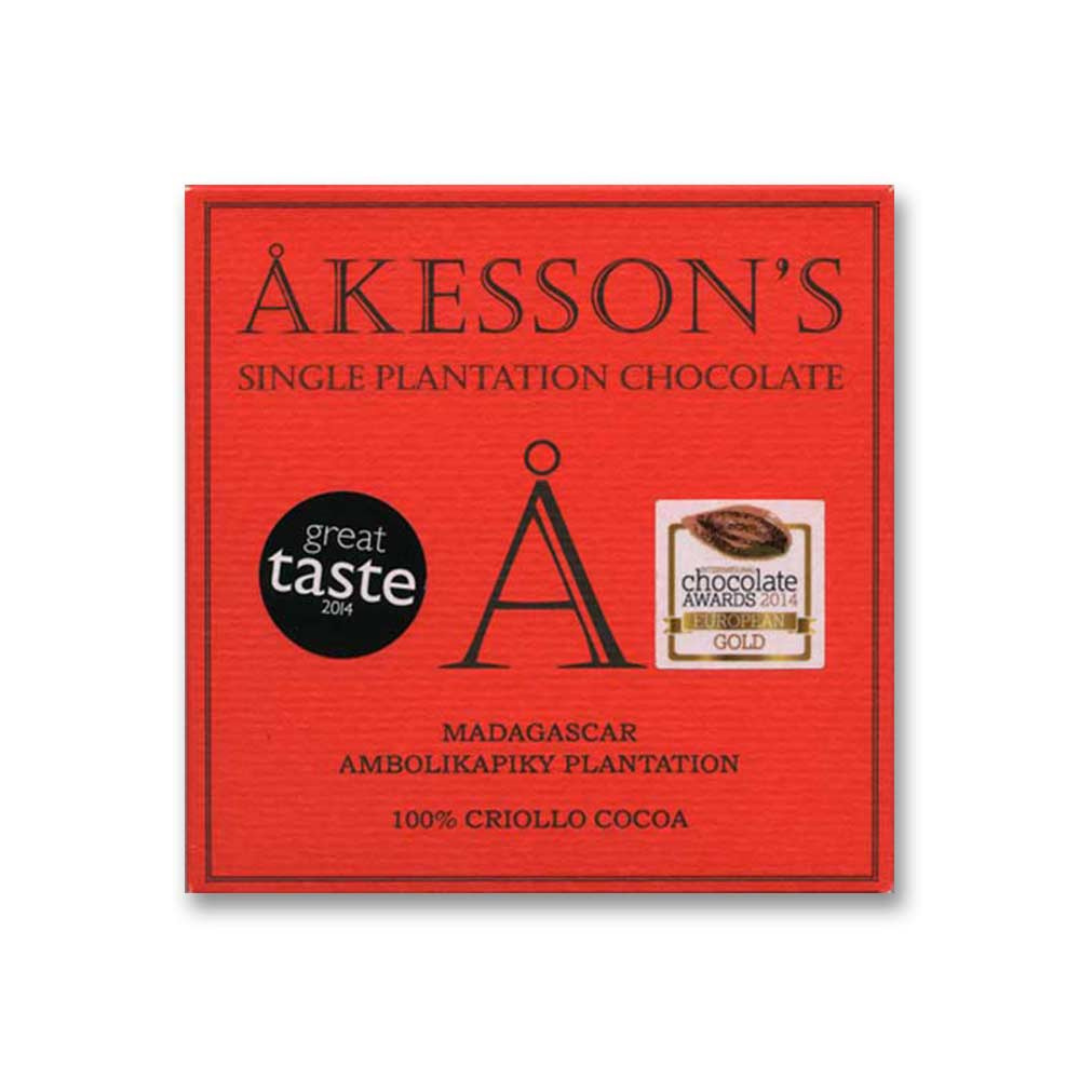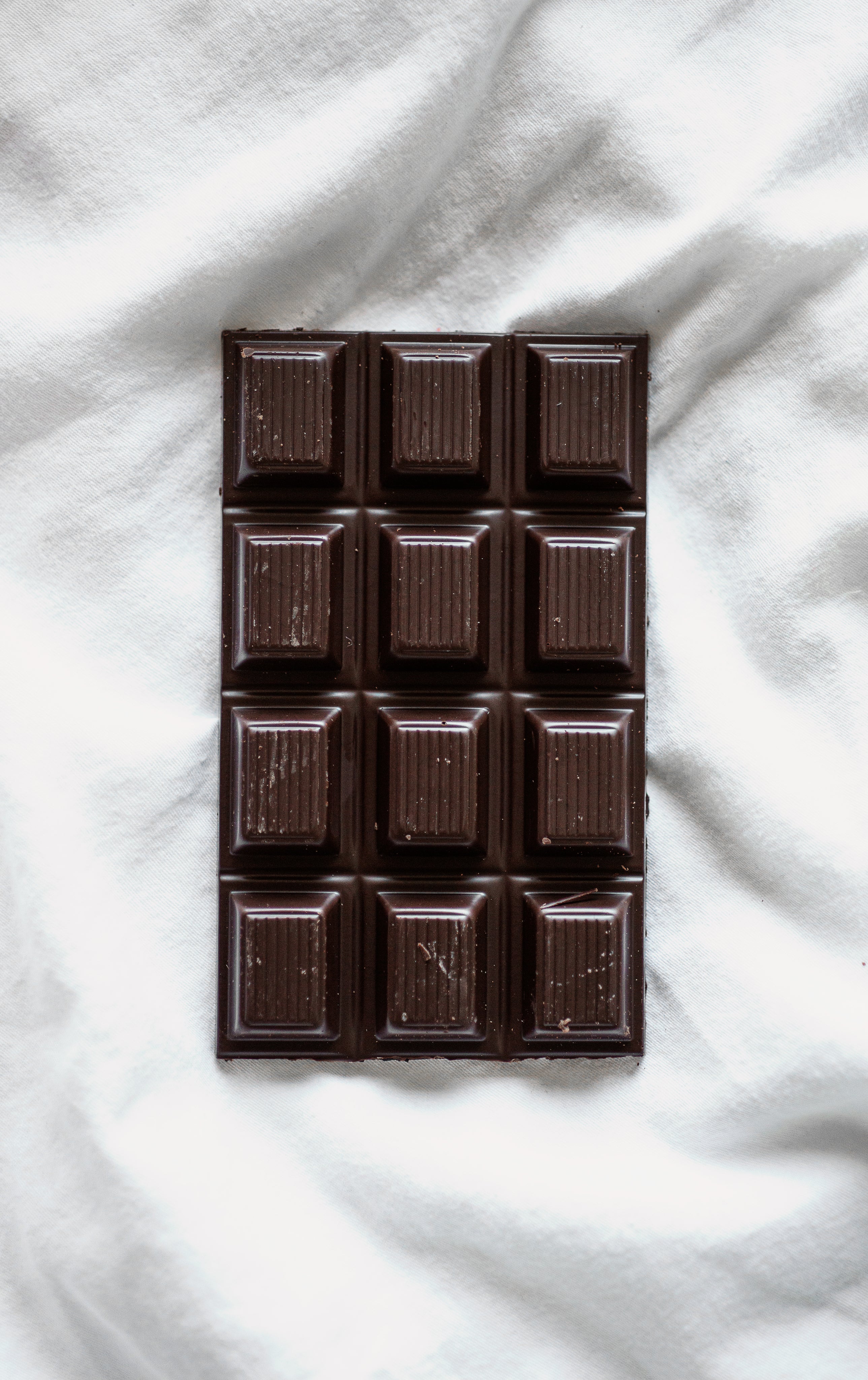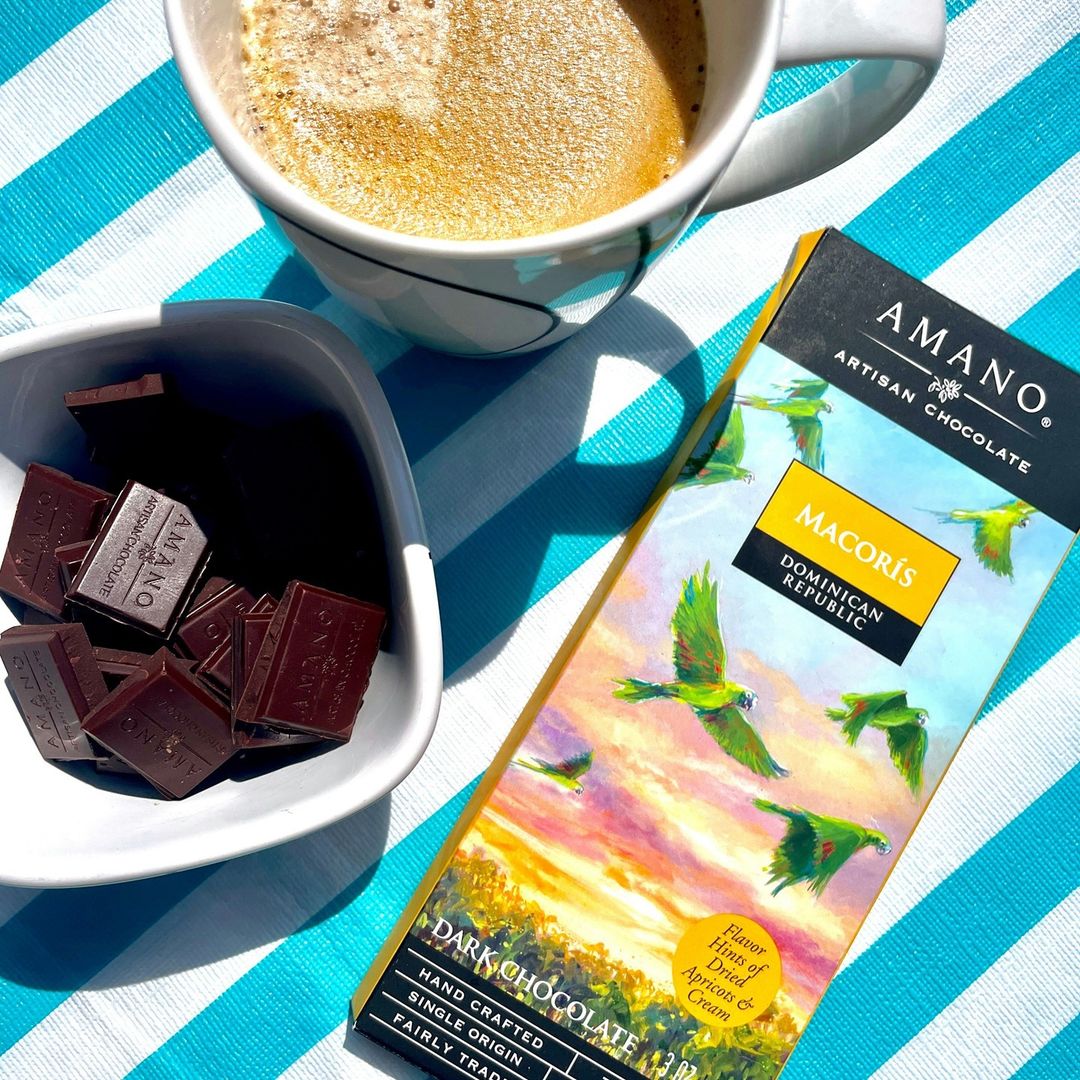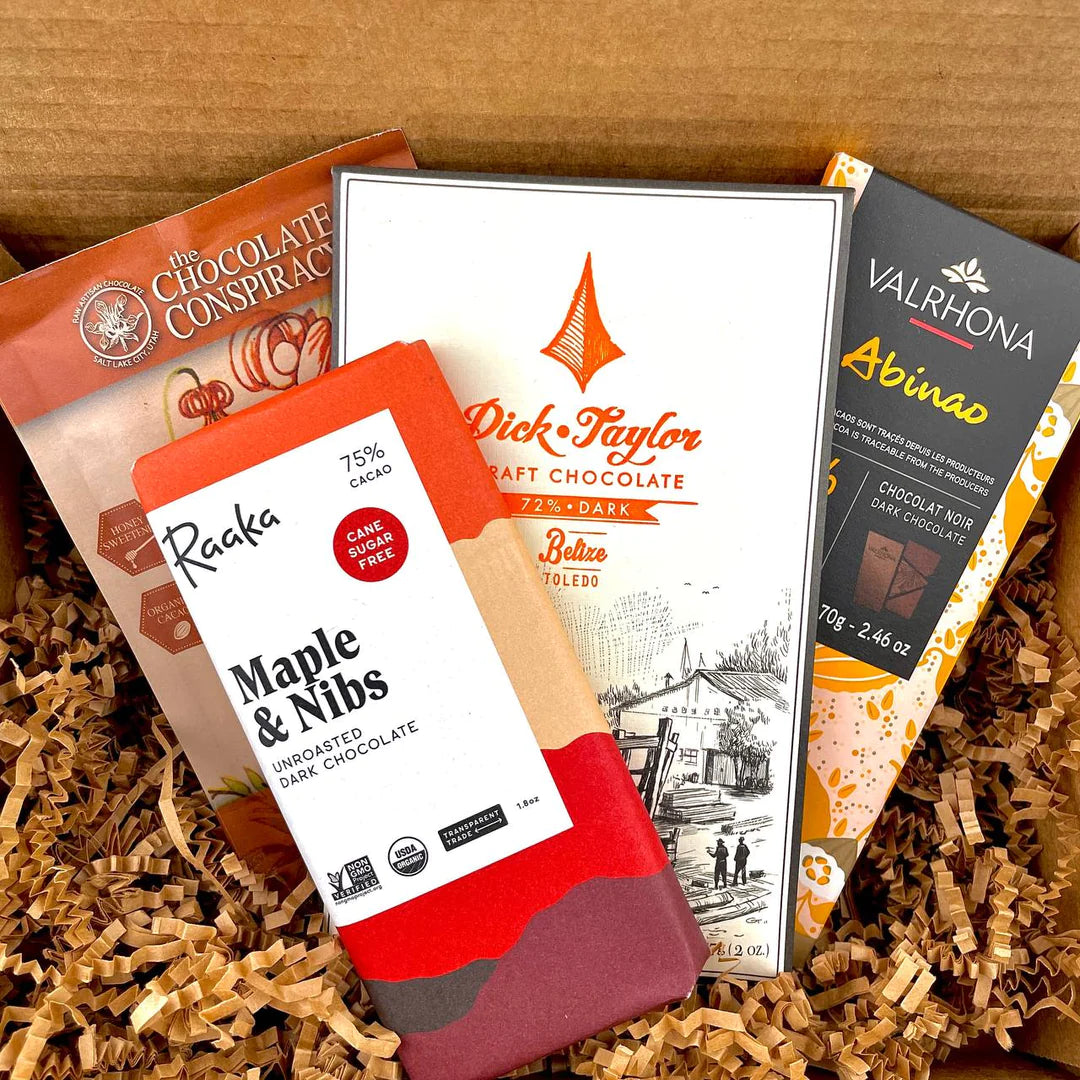White chocolate is a type of chocolate made from cacao butter, sugar, and milk solids, but without the cacao solids found in dark or milk chocolate. Cacao butter is the natural fat extracted from cacao beans.
During chocolate production, the ground cacao mass naturally separates into two components: the non-fat cacao solids, which provide chocolate’s color and characteristic flavor, and the fat-rich cacao butter. White chocolate uses only the cacao butter portion, which is blended with milk powder and sugar to create a smooth texture and ivory color.
Since white chocolate lacks cacao solids, the component responsible for chocolate’s bitterness and depth, white chocolate has a mild, sweet flavor dominated by dairy and vanilla notes. This absence of cacao solids is what fuels the ongoing debate about whether white chocolate should be considered “real” chocolate.
What Is White Chocolate
How is White Chocolate Made?
Cacao beans, the seeds of the cacao fruit, are composed of roughly 50 percent fat, known as cacao butter. To make white chocolate, producers separate this fat from the rest of the bean. After fermentation and roasting, the beans are cracked, winnowed, and ground into a paste known as chocolate liquor. This liquor is pressed to separate the fat-rich cacao butter from the solid cacao particles.
White chocolate is made by combining this cacao butter with sugar, milk powder, and sometimes vanilla. The ingredients are refined to a smooth consistency, then conched and tempered like any other chocolate. The result is a pale ivory chocolate with a creamy texture and a mild flavor that highlights the natural sweetness and aroma of cacao butter.
In bean-to-bar production, makers use pure cacao butter sourced directly from quality cacao rather than deodorized industrial butter or cheaper vegetable fats. This approach preserves subtle flavor notes and produces a white chocolate that feels balanced, not overly sweet. While mass-market versions rely on additives and stabilizers, craft chocolate makers treat white chocolate with the same care and precision as any dark bar.
A Brief History of White Chocolate
White chocolate was first introduced by Nestlé in Switzerland in the 1930s, with the launch of Galak (later known as Milkybar), created to use surplus cacao butter from traditional chocolate production. After World War II, it gained popularity as a sweeter, creamier alternative during an era that favored indulgent flavors. Over time, mass production led to blander versions made with deodorized fats and added flavorings.
Is White Chocolate Really Chocolate?
Whether white chocolate qualifies as “real” chocolate has long been debated, so let’s see what the regulators have to say.
Under the U.S. Food and Drug Administration (FDA) standard of identity, white chocolate must contain at least 20% cacao butter, 14% total milk solids, 3.5% milk fat, and no more than 55% sweeteners.
The Canadian Food Inspection Agency (CFIA) follows nearly identical requirements, defining white chocolate as containing a minimum of 20% cacao butter, 14% milk solids, and 3.5% milk fat.
The European Union under Directive 2000/36/EC sets the same essential thresholds not less than 20% cacao butter and 14% dry milk solids, including 3.5% milk fat and explicitly prohibits replacing cacao butter with vegetable fats in products labeled as white chocolate.
White chocolate alternatives bypass these standards altogether. They use palm oil, hydrogenated fats, or synthetic flavors instead of real cacao butter, which disqualifies them from being legally labeled as chocolate in the U.S., Canada, or the EU. True white chocolate, by contrast, uses cacao butter as its only fat source, resulting in a clean melt and subtle aroma that distinguish it from confectionery coatings.
The debate of Is White Chocolate Really Chocolate? arises because white chocolate lacks cacao solids, the component that gives dark and milk chocolate their flavor, aroma, and color. Some purists argue that without these solids, it doesn’t qualify as true chocolate. Chocolate makers counter that cacao butter is a direct derivative of the cacao bean and as mentioned earlier, the seeds contain 50% fat, making white chocolate an authentic expression of the same raw ingredient, just highlighting a different component of it. When we look deeper in ingredients of dark chocolate bars, you find most dark chocolate bars contain 30% sugar which is about the same as in white chocolate.
Good White Chocolate
Not all white chocolate is created equal. Depending on the chocolate maker, manufacturers often replace part or all of the cacao butter with cheaper fats such as palm oil or hydrogenated vegetable oils. These substitutes alter both the texture and flavor, producing a waxier mouthfeel and a flat, overly sweet taste. This usually gives a distain for white chocolate. Mass produced bars may also rely on artificial vanilla or emulsifiers to mask the lack of real cacao butter aroma. High-quality white chocolate, on the other hand, uses pure cacao butter and minimal ingredients - typically just sugar, milk powder, and real vanilla. When properly refined and tempered, the result is a smooth, balanced chocolate that melts cleanly and highlights the natural creaminess of cacao butter rather than sugar or additives. A simple way to tell the difference is by texture: good white chocolate will have a clean, crisp snap when broken, a sign of proper tempering and real cacao butter content.
Its quality comes down to one thing: how it’s made. Real cacao butter, balanced sweetness, and proper tempering transform what many see as simple candy into something worth savoring.
If you want to experience what good white chocolate truly tastes like, explore our White Chocolate Collection featuring bars from some of the world’s best craft makers.
Or discover it as part of the Kekao Box, our curated chocolate subscription that delivers bean-to-bar chocolate bars from around the world, including white chocolate releases. It’s a simple way to taste the full spectrum of cacao, one bar at a time.
White Chocolate FAQs
Is white chocolate really chocolate?
Yes, it’s considered chocolate when it meets the required standards — typically at least 20% cacao butter, along with specific amounts of milk solids and milk fat. It doesn’t contain cacao solids, so its flavor comes mainly from cacao butter, milk, and sugar rather than cacao powder.
What is white chocolate made of?
White chocolate is made from cacao butter, sugar, and milk solids. Properly made bars use cacao butter as the only fat and are refined, conched, and tempered like any other chocolate.
What is blond chocolate?
Blond chocolate (sometimes called “caramelized white chocolate” or “Dulcey”) is white chocolate that has been gently cooked until the milk sugars and proteins brown, developing notes of caramel and biscuit.
Why do some white chocolates taste waxy or overly sweet?
Some makers replace cacao butter with cheaper vegetable fats or use artificial flavorings. Real cacao butter, minimal ingredients, and proper tempering produce a clean melt and balanced sweetness. A quick test: good chocolate snaps cleanly. Always make sure you’re buying from a reputable chocolate maker.
How should I store white chocolate?
Store in a cool, dry place (15–18 °C / 59–64 °F), away from light and odors, sealed to prevent moisture. Avoid refrigeration if possible; temperature swings can cause bloom. Keep it airtight for best results.


